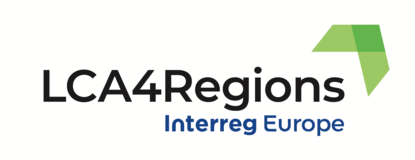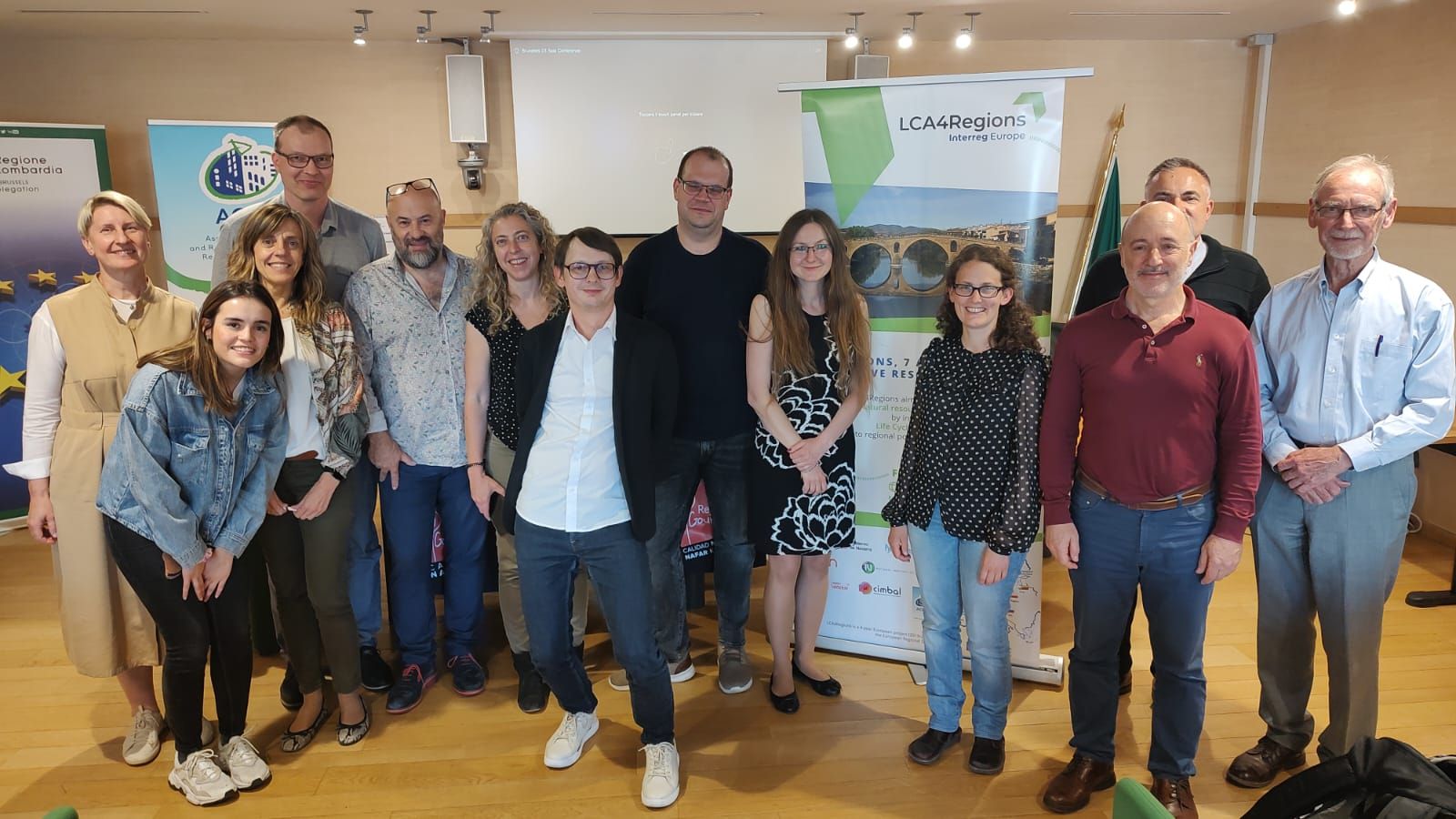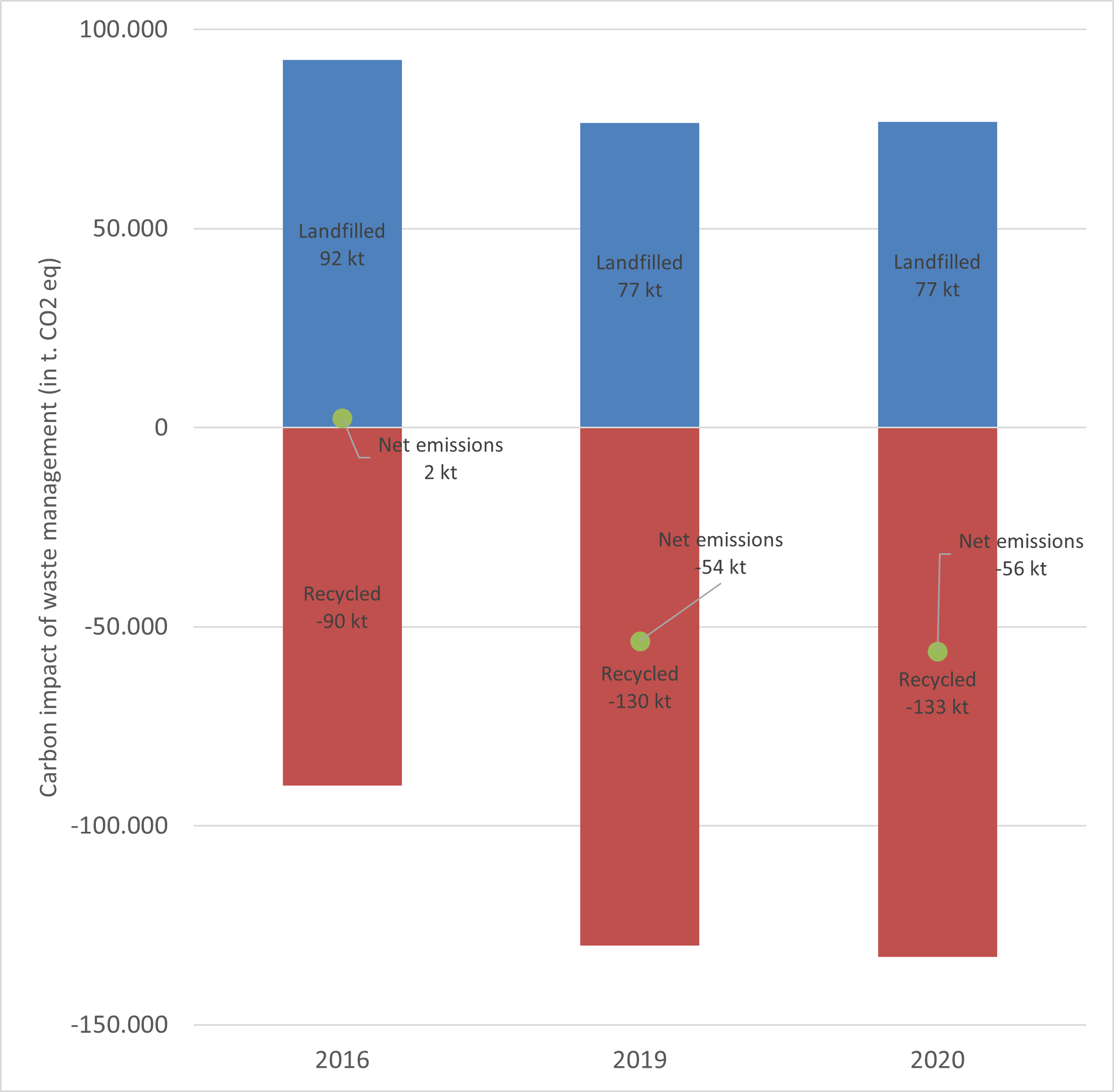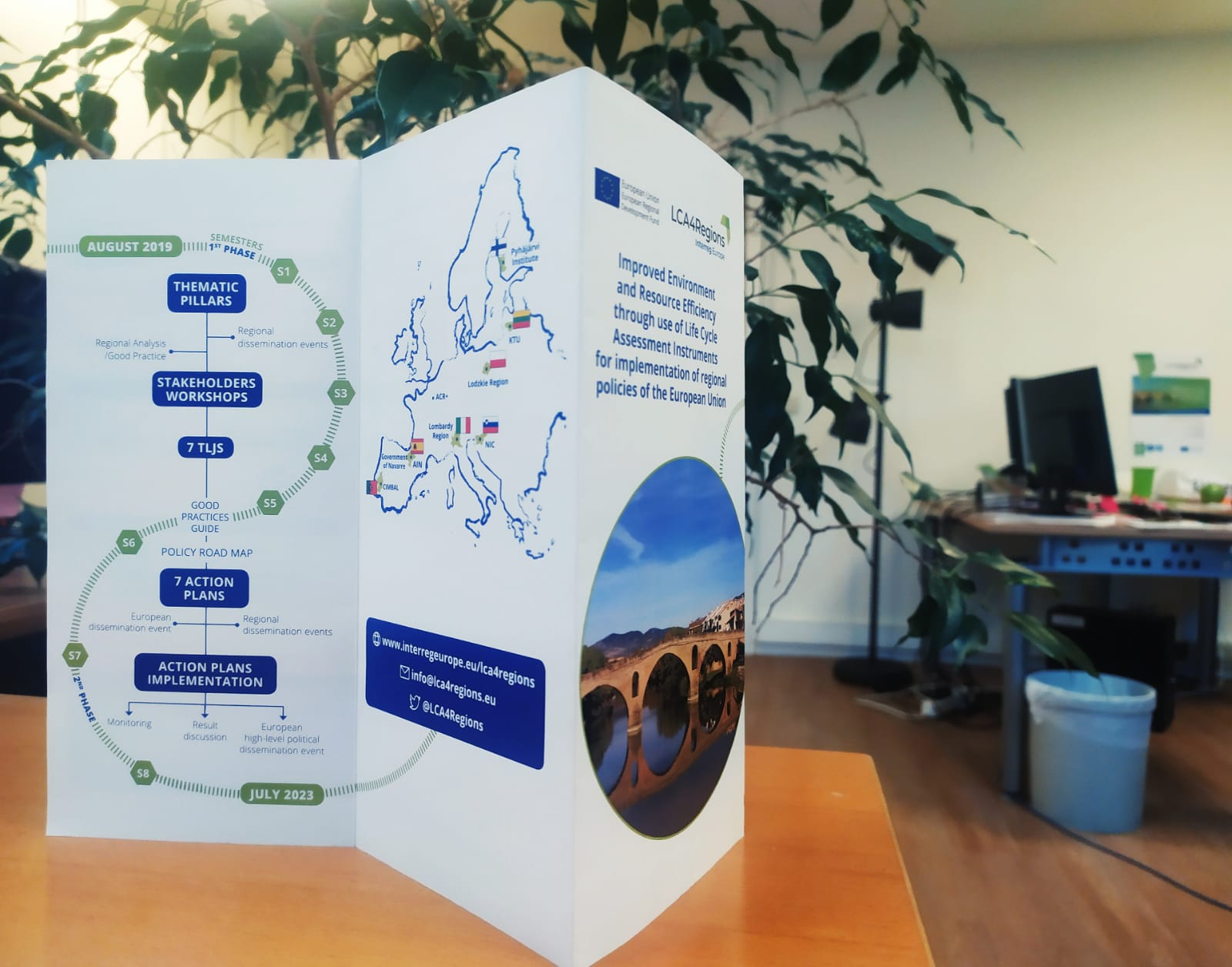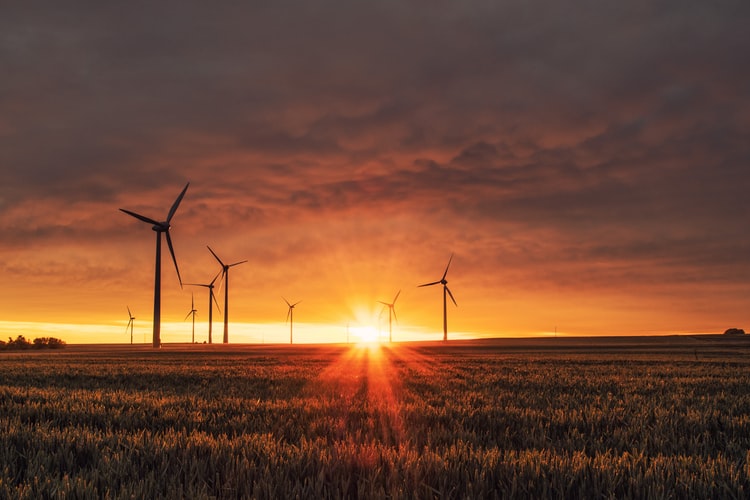Recently LCA4Regions held an exchange with the COLLECTORS project. By coupling research and innovation, COLLECTORS results can help to remove barriers to innovation and make it easier for the public and private sectors to work together in introducing life cycle methodologies applied to waste and material flows, one of the pillars of LCA4Regions.
This H2020 project’s aim is to identify and highlight existing good practices on the collection and sorting of packaging and paper waste (PPW), waste electrical and electronic equipment (WEEE) and construction and demolition waste (CDW) and provides guidelines for decision-makers on effective instruments to optimise waste collection systems.
We recommend you to take a look at the deliverables developed during the final phase of the project. The COLLECTORS team has carried out an inventory of 242 waste collection systems operating in different regions in Europe. All countries of the LCA4Regions’ partnership are included in this inventory. Finally, 12 case studies were selected to act as examples of good practices in different local conditions.
These 12 cases across Europe were assessed from an environmental perspective applying the Life Cycle Assessment (LCA) methodology.
There is also a report that provides a methodology for performing life cycle assessment (LCA) for waste collection systems. Another deliverable with recommendations to reduce environmental impact in waste collection systems is available.
The COLLECTORS project developed a specific method and guidance for LCA studies applied to waste collection system. The specificity of this method is to adopt a broad systemic perspective that allows to take into consideration the quality and quantities of sorted fraction and their actual end-application. To do so, the assessment also takes into consideration the production phase of the products that are then managed as waste by the waste collection system, while the use phase has not been included since its impact cannot be influenced by any modification of the waste collection system.

Figure 1: the system boundary of COLLECTORS LCA
The substitution potential of secondary materials is determined based on the assumption of a steady-state system and the limits to the recyclability of secondary materials are considered, as some processes still require a share of virgin materials. Some materials might not be recycled in closed-loop, therefore open-loop recycling is also included.
The COLLECTORS project adapted this method to 12 case studies: 5 focusing on paper and packaging waste, 5 on WEEE, and 2 on construction and demolition waste. Theoretically, it is possible to adapt the method to any European waste collection system, but the collection of consistent local data is required to obtain meaningful results.
